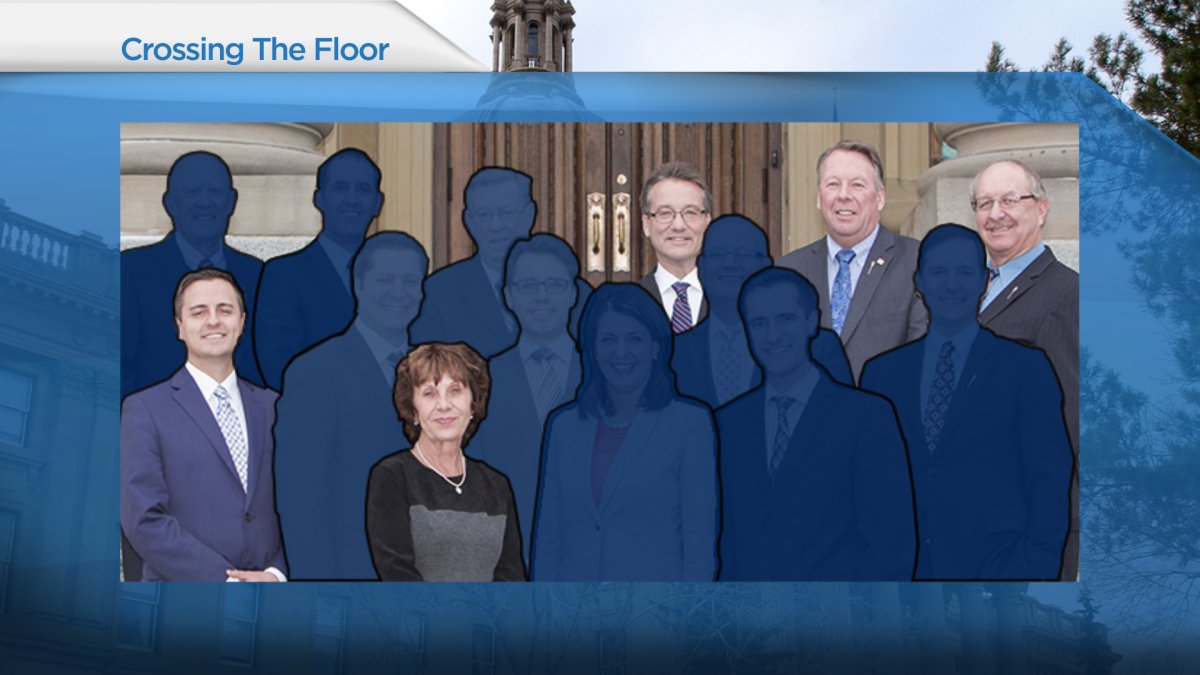EDMONTON — As political bombshells go, the nine-person Wildrose defection is a big one. Rarely have so many elected officials crossed the floor to another political party and this marks the first time in Alberta a politician has crossed the floor twice.

Rob Anderson was first elected as the Progressive Conservative MLA for Airdrie in 2008. In January of 2010, Anderson left the PC party and joined the Wildrose Alliance. He was re-elected as a Wildrose MLA in the 2012 election. Two years later, Anderson has crossed the floor again.
Although rare, other Canadian politicians have crossed the floor twice in their political careers. In 1984, both Gilbert Chartrand and Robert Toupin were elected as MPs in Brian Mulroney’s Progressive Conservative government.
Toupin soon left the PCs and sat as an independent before joining the NDP caucus. Toupin left the NDP a few months later suggesting the party had been infiltrated by communists.
Gilbert Chartrand left the PC party in 1990 along with five other tories and formed the Bloc Quebecois. One year later, Chartrand returned to the PC party.
In 1935, the federal Minister of Trade and Commerce, Henry Stevens had a falling out with Prime Minister R.B. Bennett. Stevens left the Conservative government to from the Reconstruction Party of Canada. He won his seat in the next election but all other Reconstruction candidates lost. Stevens re-joined the Conservatives in 1939.
As far as sheer numbers go, the Wildrose floor crossing is one of the biggest in Canadian history.
Eight MPs (six PCs and two Liberals) left their parties in 1990 to form the Bloc Quebecois.
Eight Saskatchean MLAs (four Liberal and four PC) crossed the floor to form the Saskatchewan Party in 1997.
READ MORE: Tom’s take: the collapse of the Wildrose Party
At the height of World War One, 16 federal Liberals crossed the floor. The House of Commons was divided over conscription. The Conservative Prime Minister, Robert Borden wanted to push a mandatory military service bill through the house. In 1917, Borden created the Unionist Party to help him institute conscription and he asked all Liberals to join him. Liberal leader, Wilfrid Laurier refused to join the Unionist government but many of his English speaking MPs who supported conscription left the party for the Unionist government.
The conscription issue also led to 2 Conservatives and 1 Labour MP leaving their respective parties to join the Laurier Liberals.


Comments